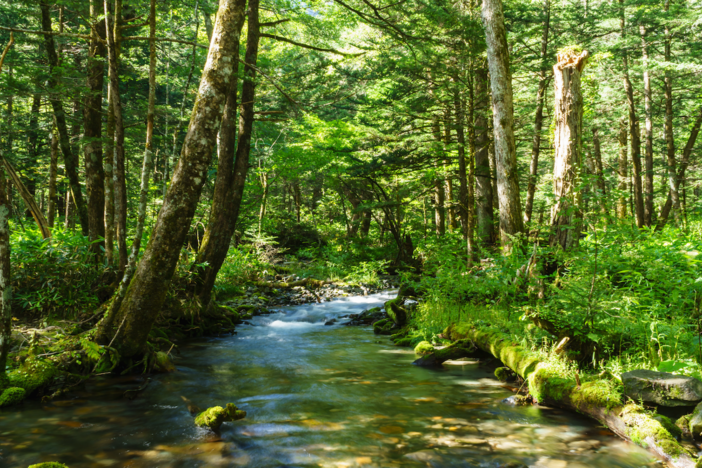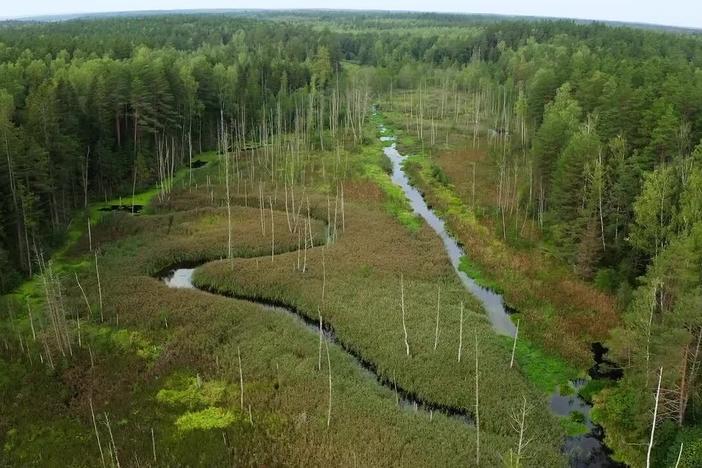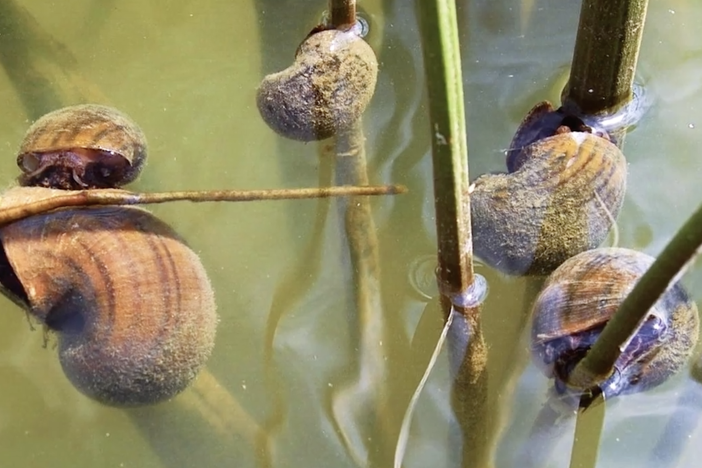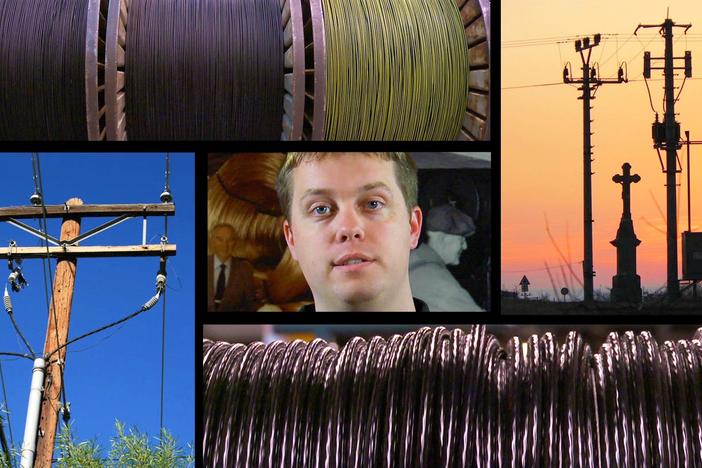Segment A: Introduction to the Flow of Energy and Cycling of Matter in an Ecosystem
Ecosystems come in all shapes and sizes, from massive mountain ranges to the creek in your own backyard. Learn about the key components to a healthy ecosystem in this segment of Let's Go Enviro.
Segment A: Introduction to the Flow of Energy and Cycling of Matter in an Ecosystem
Ecosystems come in all shapes and sizes, from massive mountain ranges to the creek in your own backyard. In our first segment of Let's Go Enviro, we hear from the watershed specialist, Michael Kahle, who explains the cycle of matter, water pollution in our community, and how each ecosystem interacts with our planet at large.
Science
Obtain, evaluate, and communicate information to investigate the flow of energy and cycling of matter within an ecosystem.
Explain the difference between biotic and abiotic factors.
Explain how energy and matter move through food chains and food webs.
Compare and contrast point source and non-point source pollution.
Identify the four ways to measure the water quality of a body of water.
abiotic: characterized by an absence of living organisms; without life
adaptation: in biology, the process of change in a living thing, over time, resulting in it being better able to survive and multiply
biodiversity: the variety of life in the world or in a particular habitat or ecosystem
biogeochemical cycle: any of the natural pathways by which essential elements of living matter are circulated
bioindicator: living organisms such as plants, planktons, animals, and microbes, which are utilized to analyze the health of the natural ecosystem in the environment
biome: a large naturally occurring community of flora and fauna occupying a major habitat, e.g. forest or tundra
biosphere: the regions of the surface, atmosphere, and hydrosphere of the earth (or analogous parts of other planets) occupied by living organisms
biotic: pertaining to life or living things
dissolved oxygen: the amount of oxygen available to living aquatic organisms
ecosystem: a community of living things, together with their environment
food chain: the order of events in an ecosystem, where one living organism eats another organism, and later that organism is consumed by another larger organism
macroinvertebrate: any animal lacking a backbone and large enough to see without the aid of a microscope
native species: a species that originated and developed in its surrounding habitat and has adapted to living in that particular environment
pollution-sensitive species: species that can only survive within a narrow range of environmental conditions and whose disappearance from an area is an index of pollution or other environmental change
pollution-tolerant species: species that can withstand a wider range of environmental conditions caused by pollution, including very low oxygen levels or high toxicity
tributary: a river or stream flowing into a larger river or lake
water cycle: the cycle of processes by which water circulates between the earth's oceans, atmosphere, and land, involving precipitation as rain and snow, drainage in streams and rivers, and return to the atmosphere by evaporation and transpiration
watershed: a land area that channels rainfall and snowmelt to creeks, streams, and rivers, and eventually to outflow points such as reservoirs, bays, and the ocean





